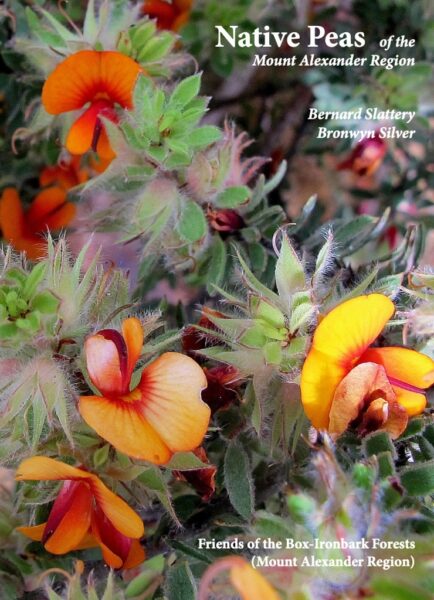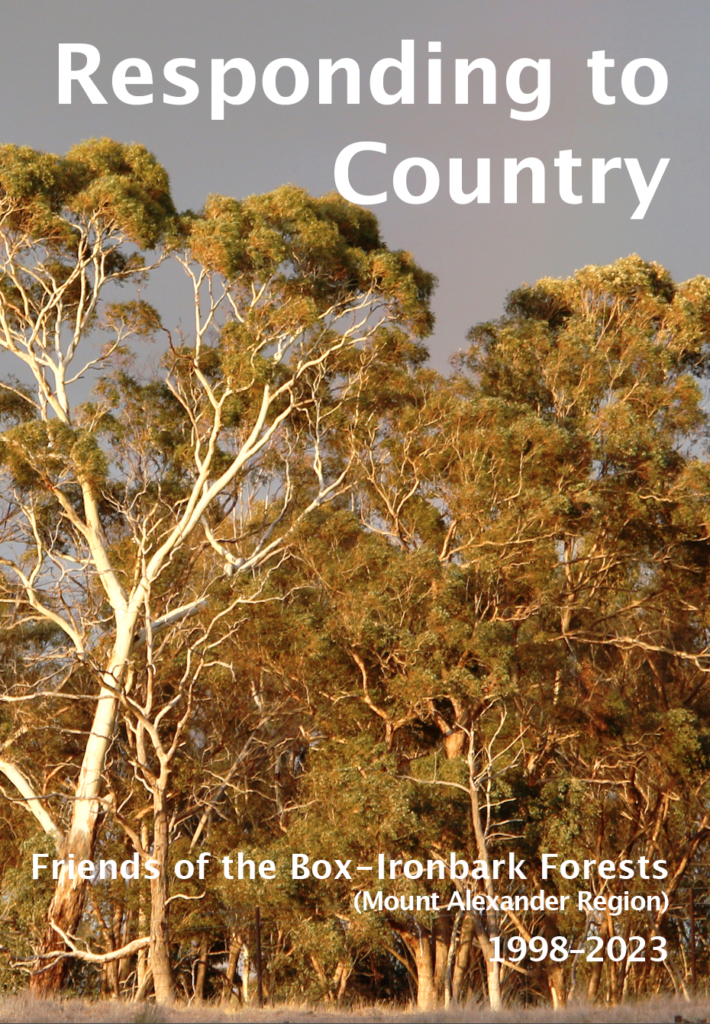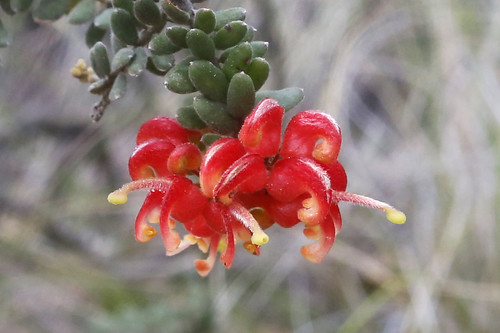DELWP seems to be expanding and varying its community consultation processes on fire. A ‘listening post’ was conducted by fire officers in Castlemaine on Saturday; and last Wednesday representatives of the Castlemaine Field Naturalists toured the district with the Department’s Paul Bates and Alison Jeavons to look at issues to do with fire and biodiversity .
Wednesday’s tour took in Wattle Flat, recently mulched areas in Chewton, and the Fryers Ridge.
![Common Heath [Epacris impressa], Fryers Ridge Road, September 11: the Ridge is currently spectacular, with wattle, beard heath, grevillea and many other species in flower.](https://www.fobif.org.au/admin/wp-content/uploads/2016/09/IMG_7135-800x600.jpg)
Common Heath [Epacris impressa], Fryers Ridge Road, September 11: the Ridge is currently spectacular, with Wattle, Beard Heath, Grevillea, Bendigo Wax, and many other species in flower.
The Ridge is set for a brilliant wildflower season, with displays already quite spectacular along the Ridge Road. The Fryers Ridge is a special part of this region, and it’s encouraging that the DELWP managers expressed an interest in incorporating Field Naturalist quadrat surveys into their planning processes. FOBIF was stunned last year to be told by local managers that they
didn’t attach any particular importance to the ridge, because there aren’t rare or endangered species there. We have hopes now that this attitude may change.
The results of management fire are often unpredictable. Sometimes they provoke profuse regeneration, sometimes they are depressingly destructive, causing erosion, spreading weeds, and knocking out vulnerable species. These outcomes should be more predictable: if fire operations were conducted with more detailed knowledge of the special requirements of each area, they could be much less damaging. For this reason, excursions like that held on Wednesday are to be welcomed.
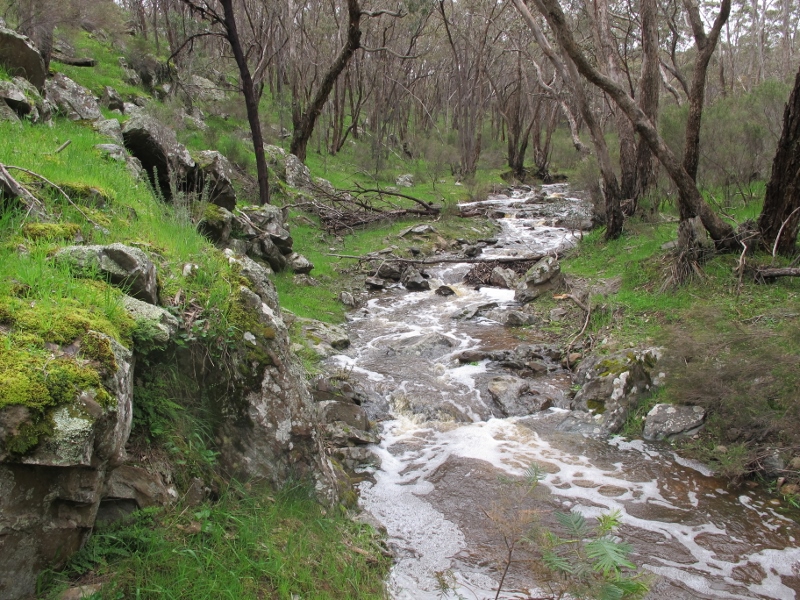

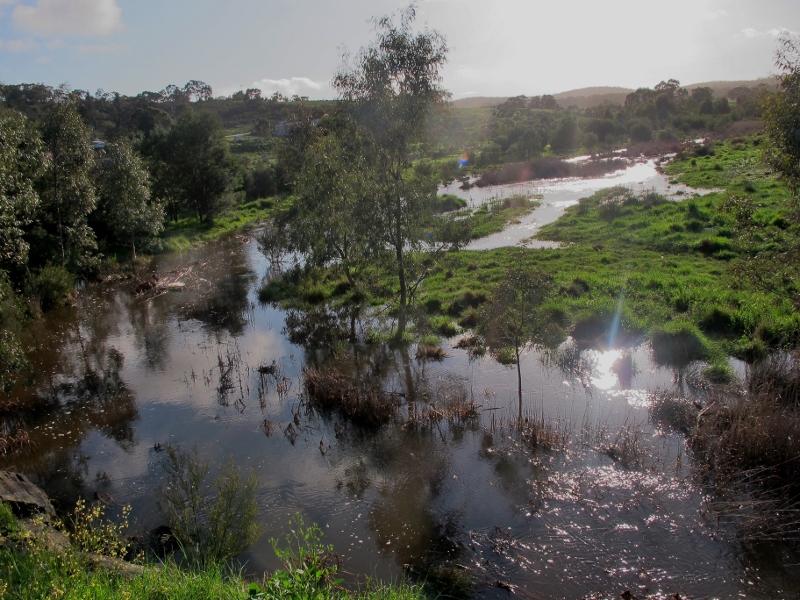
![Common Heath [Epacris impressa], Fryers Ridge Road, September 11: the Ridge is currently spectacular, with wattle, beard heath, grevillea and many other species in flower.](https://www.fobif.org.au/admin/wp-content/uploads/2016/09/IMG_7135-800x600.jpg)

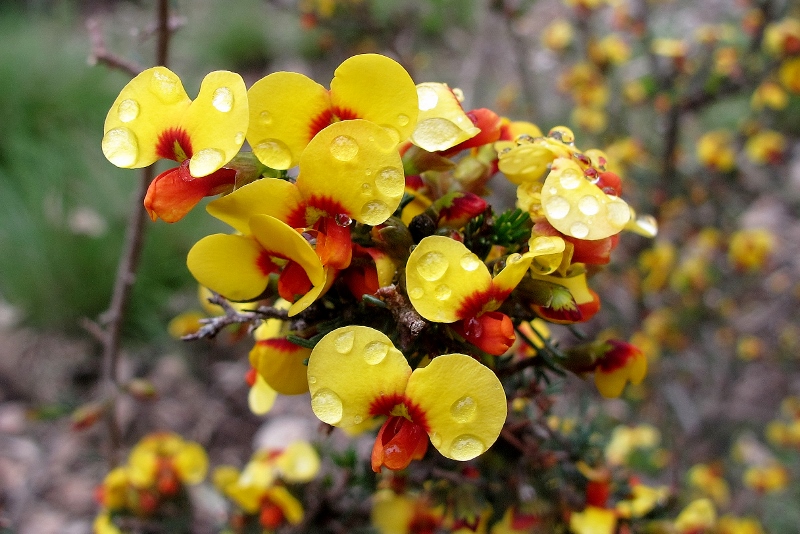
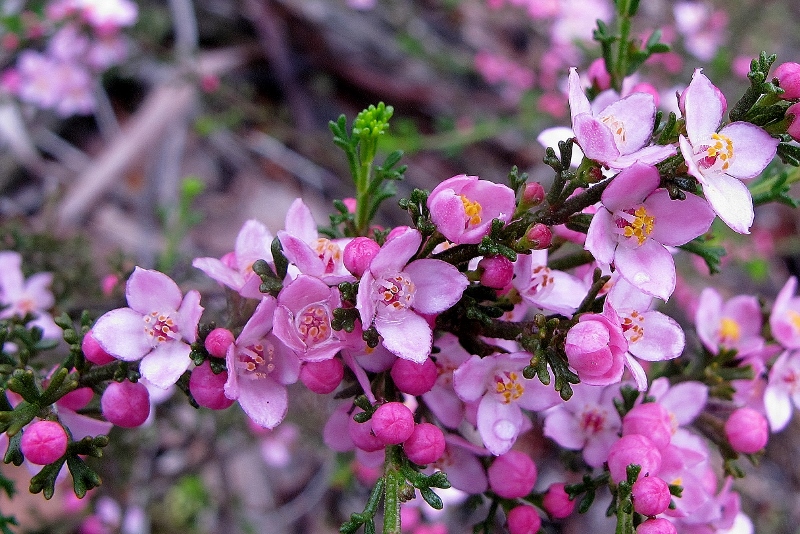
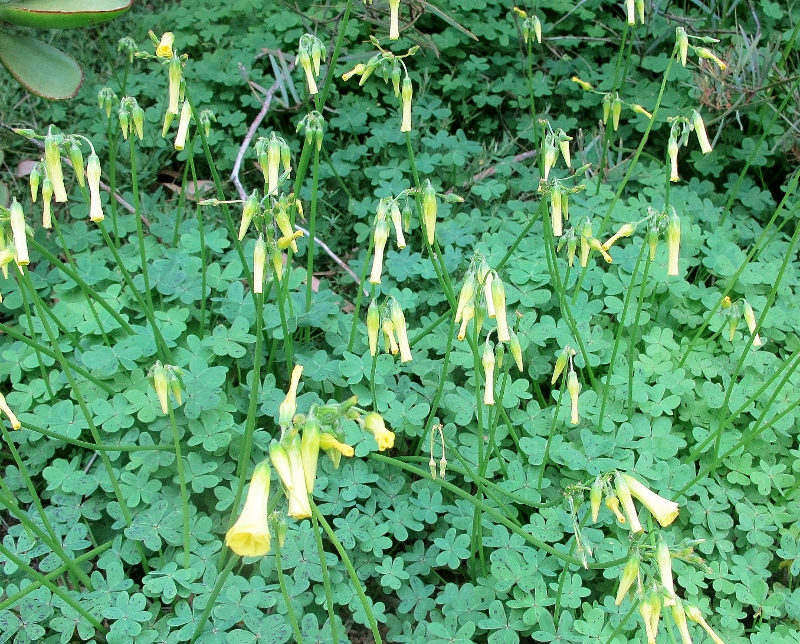
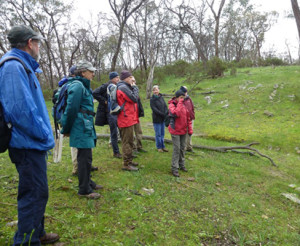
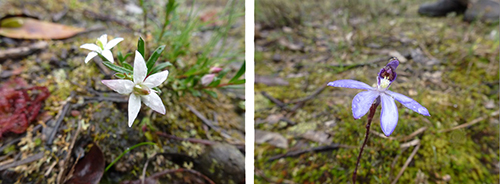
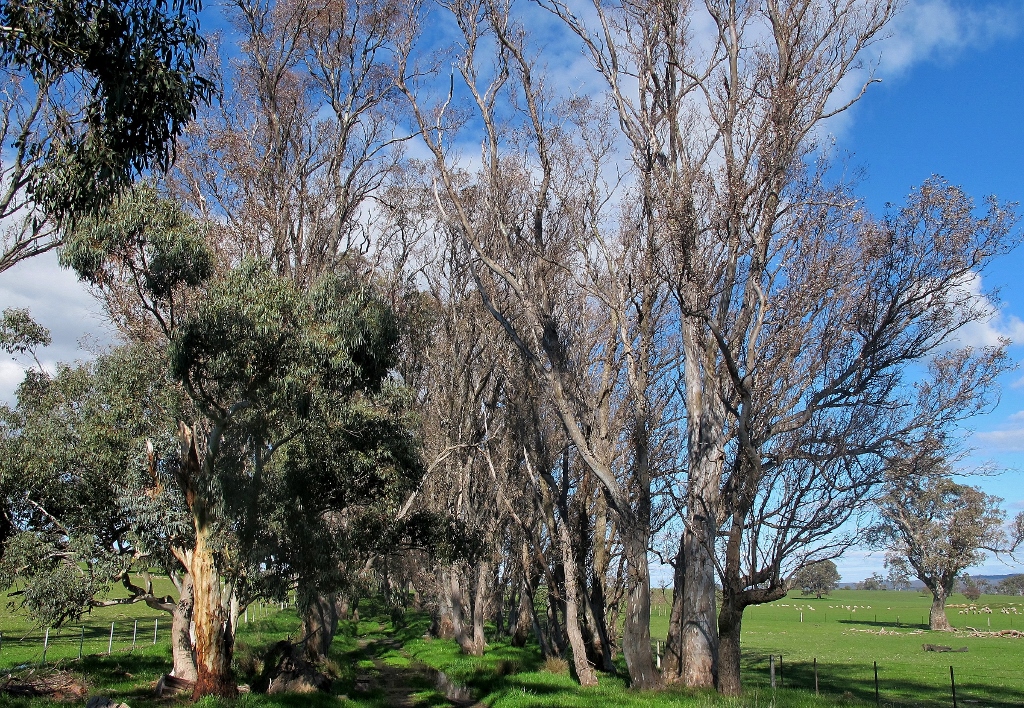
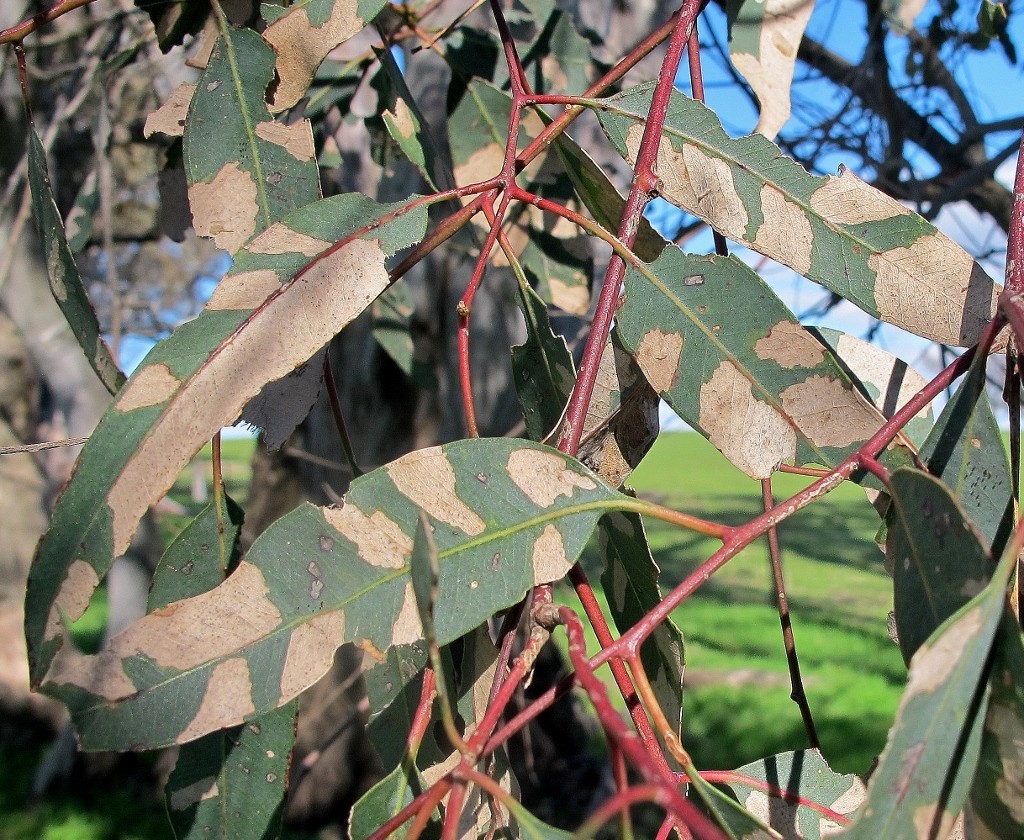

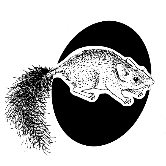
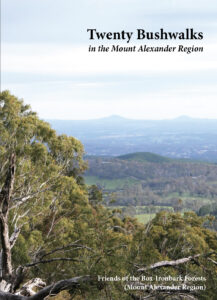
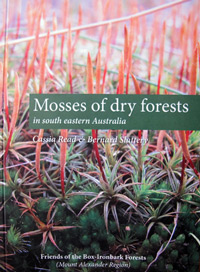 Click on image for info/order page
Click on image for info/order page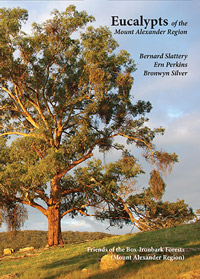 Click on image for info/order page
Click on image for info/order page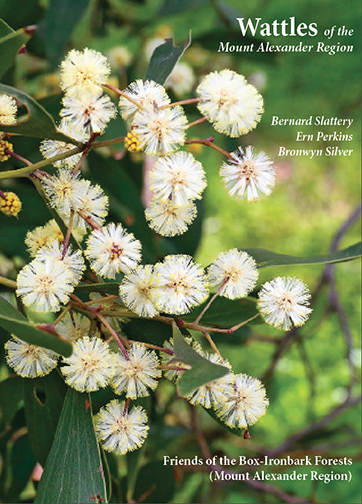 Click on image for info/order page
Click on image for info/order page